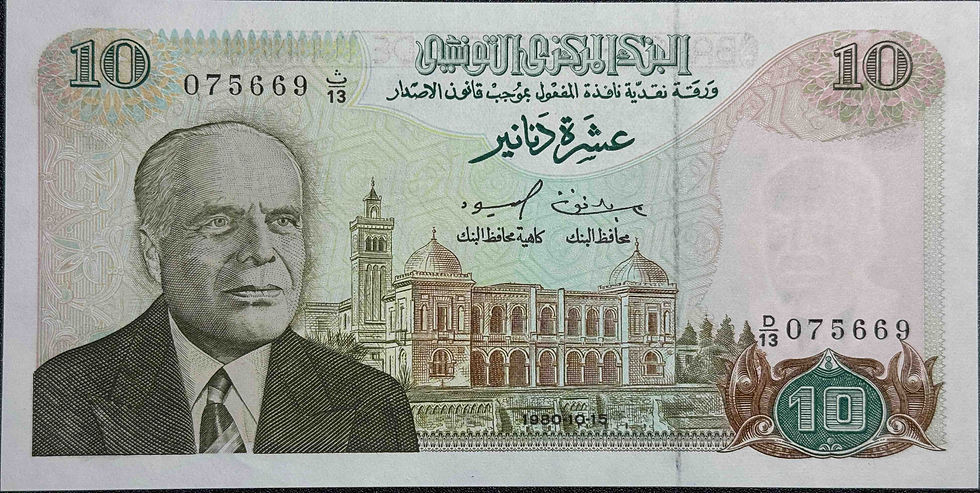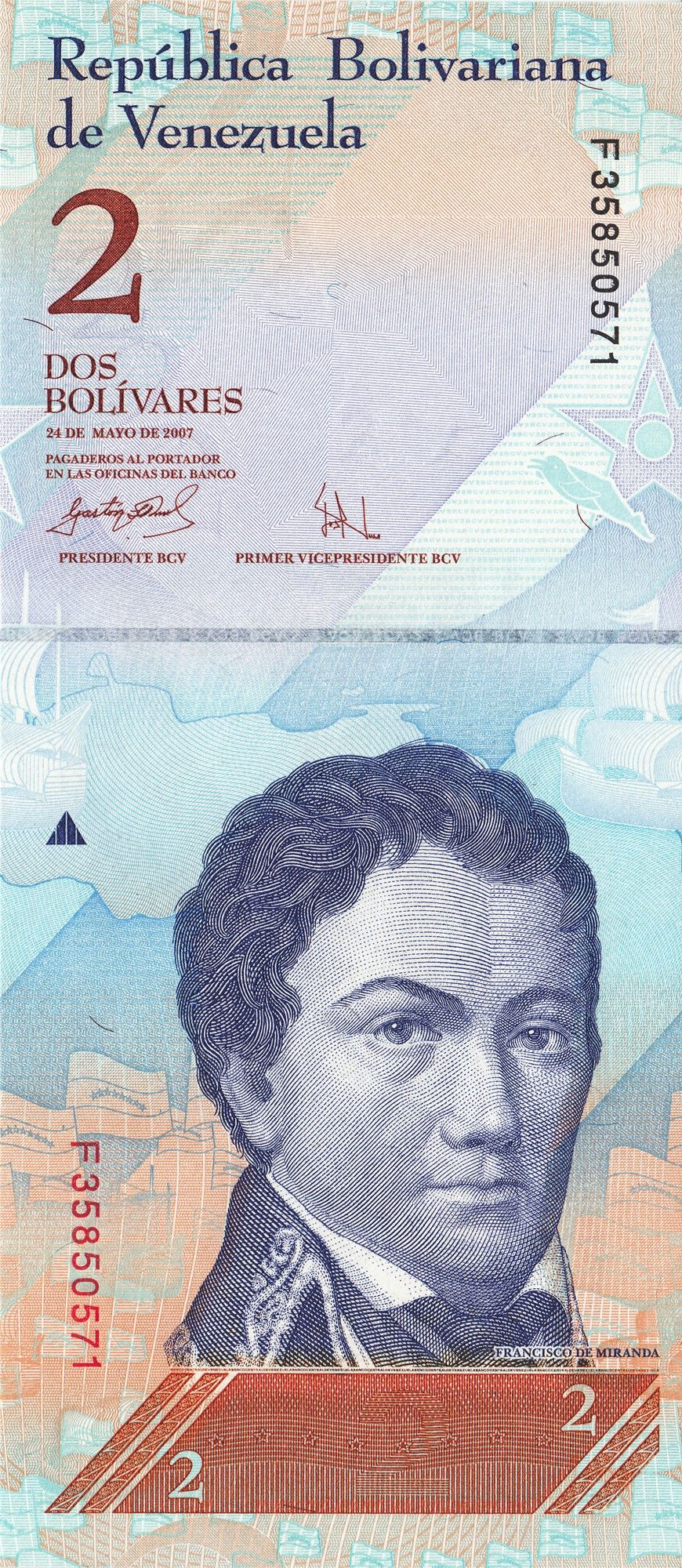Egyptian 20 Pound Notes 2001-2016 Edition | Goldsilverjapan
*The serial number, signature, and year of the Egyptian 20 pound banknotes introduced in this article may differ from the actual item. The photos shown are for reference only.
⸻
Introduction | The appeal of Egyptian banknotes and the position of the 20 pound note
Egypt is known as the center of ancient civilization and is a country with a magnificent cultural heritage represented by the pyramids and the Sphinx. Its history and culture are strongly reflected in modern coins and banknotes. In particular, the Egyptian 20 pound banknote issued between 2001 and 2016 features a design that combines Islamic architecture with symbols of ancient Egyptian civilization, attracting great attention from collectors around the world.
Goldsilverjapan specializes in explaining gold and silver coins and banknotes from around the world. In this article, we will take a closer look at the historical background of the Egyptian 20 pound note, the meaning of its design, its collectible value, and its appeal as an investment.
⸻
basic information
• Country of issue: Egypt
• Issuing bank: Central Bank of Egypt
• Face value: 20 GBP (20 EGP ≈ USD 0.42 at the time of issue)
• Publication period: 2001-2016
• Size: 155 x 70 mm
• Material: Paper (special cotton paper)
• Shape: Rectangle
The banknote was first introduced in 2001 with a Tutankhamun watermark, and from 2006 onwards with a Princess Nofert watermark. After circulating for about 15 years, it was discontinued due to the shift to new designs and polymer banknotes.
⸻
Design Features
Surface (Obase)
Depicted on the obverse is the **Muhammad Ali Mosque (also known as the Alabaster Mosque)**.
• Year of construction: 1830-1848
• Builder: Muhammad Ali Pasha (Governor of the Ottoman Empire)
• Location: Inside the Cairo Citadel
This mosque is a prime example of Ottoman architecture, featuring a beautiful white alabaster exterior and twin minarets. It is a landmark visible from all directions in Cairo and is a popular tourist attraction.
The mosque is depicted on the banknotes to symbolize Egypt's pride in its Islamic culture.
⸻
Back (reverse)
The reverse side shows the strength of the ancient Egyptian civilization.
• On the left side is an inscription depicting Ramses II riding his chariot during the Battle of Kadesh (1274 BC). His chariot and bow are symbols of ancient Egyptian military might.
• On the right is the **Relief from the Chapel of Sesostris I (Coronation Scene)**.
The reverse design expresses Egypt's "dual historical heritage" by contrasting the Islamic and ancient periods.
⸻
Watermark
• 2001-2006: King Tut's Mask
• 2006-2016: Princess Nofelt
This watermark serves as an anti-counterfeiting measure and is an important identification point for collectors.
⸻
Historical background
The Egyptian 20 pound note is more than just currency.
1. The Muhammad Ali Mosque was built under the influence of the Ottoman Empire in the 19th century and is a symbol of Muhammad Ali, who laid the foundation for the modern Egyptian state.
2. The Battle of Kadesh was a large-scale war between ancient Egypt and the Hittite Empire, known as the event that led to the world's first peace treaty.
In other words, this banknote is designed to simultaneously honor the "Father of Modern Egypt" and the "Great King of Ancient Egypt."
⸻
Anti-counterfeiting technology
The Central Bank of Egypt has made great efforts to prevent counterfeiting, and the 20 GBP note incorporates the following technologies:
• Watermark (Tutankhamun/Nofert)
• UV ink that reacts to ultraviolet light
• Microtext
• Special intaglio printing for relief effect
• Complex geometric and color patterns
All of these are based on international banknote standards from the late 20th century onwards.
⸻
Collector's Market Value
Price range
• Retail products (VF-XF): from a few hundred yen to around 1,000 yen
• Unused (UNC): Around 1,500 to 3,000 yen
• Special serial numbers (double numbers, commemorative numbers): Even more expensive
International Recognition
They are popular on Numista, eBay, and in the collector's market in Japan, and demand is particularly high for the later versions of the Nofelt watermark, as they are rarely found in good condition.
⸻
Attractiveness as an investment target
1. Historical value: A design that symbolizes two civilizations, ancient and modern
2. Collector's Demand: A staple in Middle Eastern and African banknote collections
3. Scarcity: Years have passed since the issue ended, and unused items are becoming less common.
4. Permanence: Potential for value to increase if stored properly
Like gold and silver, paper money can also be an investment target as a "cultural asset."
⸻
The value that Goldsilverjapan provides
At Goldsilverjapan, we handle all the currencies and banknotes from around the world, including Egyptian banknotes.
• Providing accurate information
• Authenticity guaranteed
• Easy-to-understand explanations for beginners
We are currently working on the following.
The £20 note is not just a collectible, but also an attractive historical learning tool and investment item.
⸻
summary
Egyptian 20 pound banknotes (2001-2016 edition)
• Muhammad Ali Mosque on the surface
• Ramses II and ancient relief on the reverse
• Advances in anti-counterfeiting technology
It is a piece that combines history and culture.
The date, signature and serial number may differ from the photo, but the design is a symbol of Egyptian pride.
As a collector or investor, this banknote is a valuable item that you will want to own.
At Goldsilverjapan, we bring you the historical value and charm of collecting these precious banknotes.
top of page
¥300Price
Sales Tax Included
Related Products
bottom of page

















